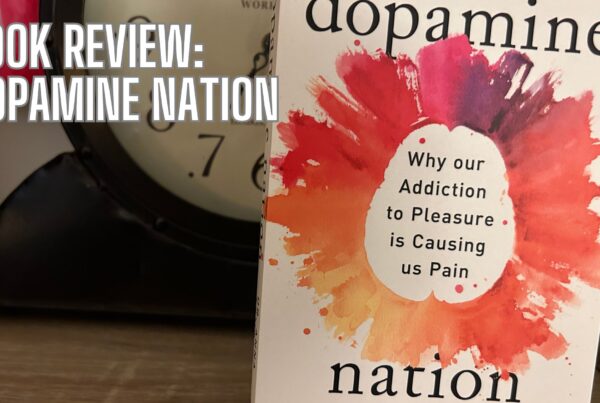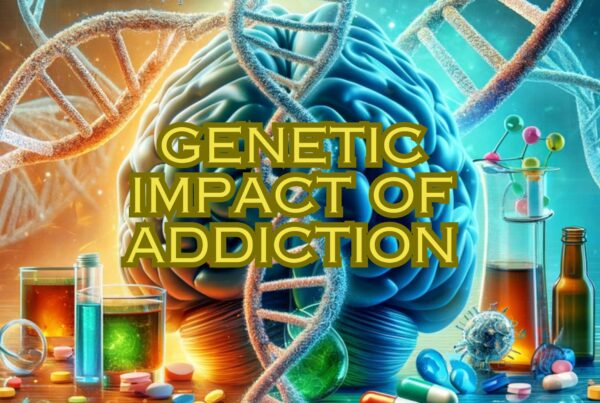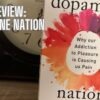Historical Understanding of Addiction
Understanding addiction has been a journey through history, evolving in how we perceive and treat this complex issue. The historical understanding of addiction uncovers a narrative that spans from ancient times to the present day, revealing how our approach to addiction has shifted from moral judgments to empathetic, scientifically-informed treatment methods.
The Roots of Addiction Terms and Concepts
The origins of the word ‘addiction’ trace back to the sixteenth century, derived from Latin, signifying a state of being given over or devoted to something. This historical perspective reveals that addiction is not a modern-day phenomenon. Traditional societies across the globe have had terms denoting addiction, indicating its recognition as a distinct, often problematic behavior. These terms, often reflecting societal attitudes, range from neutral descriptors to derogatory labels, highlighting the social implications of addiction.
In different cultures, substance use has been intertwined with various aspects of life, from religious rituals to medicinal practices. This wide-ranging utilization underscores the complexity of addiction, far beyond mere habitual indulgence. It signifies a deeper, multifaceted relationship between humans and psychoactive substances, whether for spiritual communion, medicinal relief, or social bonding.
The Evolution of Addiction Models Before 1600 AD
Historically, the understanding of addiction was influenced heavily by cultural and societal norms. Before 1600 AD, models to explain addiction were primarily based on moral, criminal, and preternatural beliefs. These paradigms viewed addiction either as a moral failing, a criminal act, or the result of supernatural influences. Such interpretations led to various societal responses, ranging from moral judgment to criminal punishment or spiritual interventions.
The moral model, dominant in many societies, linked substance abuse to a lack of moral strength or character. This view, while still prevalent in some forms today, often led to social ostracization and self-judgment by the addicted individuals. It underscored the need for personal responsibility in managing one’s behaviors and choices regarding substance use.
The Impact of Epidemic and Illness Models (1600-1900 AD)
The period between 1600 and 1900 AD saw significant shifts in the understanding of addiction, influenced by widespread epidemics of substance abuse. The epidemic model arose in response to the gin and opium epidemics, recognizing addiction as a societal problem rather than just an individual moral failing. This model led to public health initiatives and societal interventions.
Concurrently, the illness model emerged, viewing addiction as a health condition requiring medical intervention. This perspective fostered the development of treatment facilities and introduced the concept of addiction as an illness needing medical care and rehabilitation, rather than moral judgment or criminal punishment.
Contemporary Models of Addiction Post-1900 AD
In the last century, the understanding of addiction has become more nuanced, influenced by advances in psychology, neuroscience, and pharmacology. Models like the personality disorder model, neurotransmitter model, and neuroanatomic model reflect a deeper understanding of the biological and psychological underpinnings of addiction.
These contemporary models emphasize the role of individual neurobiology and psychology in addiction. They recognize that addiction is not merely a choice or moral failing, but often a complex interplay of genetic, environmental, and neurobiological factors. This understanding has led to more empathetic and scientifically informed approaches to treatment.
Learning and Dyadic Models in Addiction Understanding
The learning model views addiction as a behavior conditioned by environmental and psychological factors. This model highlights the importance of addressing the underlying learned behaviors and stimuli that contribute to addictive behaviors. It suggests therapeutic interventions that focus on modifying these learned associations and behaviors.
The dyadic enabling/rescuing model explores the interpersonal dynamics in addiction, focusing on the relationship between the addicted individual and their enablers or rescuers. This model underscores the significance of addressing not just the individual, but also their social environment and relationships in the treatment of addiction.
The Route-of-Administration and Comorbidity Models
Understanding addiction also involves recognizing the impact of the route of administration of substances and their comorbidities. Different methods of consuming substances can have varying effects on the body and mind, influencing the course of addiction. Furthermore, the comorbidity model acknowledges that substance use disorders often occur alongside other mental health conditions, necessitating a holistic approach to treatment.
These models highlight the complexity of addiction, requiring multifaceted treatment strategies that consider the physical, psychological, and social aspects of the individual.
The Emergence of the Recovery and Readiness-to-Change Models
The recovery model emphasizes the active participation of the addicted individual in their journey towards sobriety. It recognizes recovery as a staged process involving initial cessation, stability, and a gradual return to a productive life. This model values the role of the individual’s commitment and effort in overcoming addiction.
The readiness-to-change model, developed by Prochaska and DiClemente, outlines the stages of attitude change in addiction recovery. It provides a framework for understanding and supporting individuals at different stages of their readiness to overcome addiction, from pre-contemplation to maintenance.
The Harm Reduction Model
The harm reduction model represents a pragmatic approach to addiction, focusing on minimizing the adverse effects of substance use while acknowledging the challenges in completely eliminating it. This model has led to public health strategies like providing safe injection sites and clean needles, aimed at reducing the harm associated with substance abuse.
The historical understanding of addiction reveals a dynamic and evolving field, shaped by cultural, societal, and scientific developments. No single model fully encapsulates the complexity of addiction, but collectively, these models provide a comprehensive framework for understanding and addressing this challenging issue.
Release Hypnosis Melbourne Hypnotherapy
Since 2016, Lawrence Akers has been working under the name Release Hypnosis offering Hypnotherapy and ACT based work to the people of Melbourne or an online service. Based on St Kilda Rd, Release Hypnosis is an easy and convenient location to get to and accessible by the ANZAC station train and tram stop. Release Hypnosis can help with a wide range of presenting issues, and I offer a free 30 minute no obligation discovery call for those who are unsure if hypnotherapy is the right way forward for them.
Book Your FREE 30 Minute Consultation With Release Hypnosis NOW!
You may also like to read:
Discovering Purpose and Values: A Path to Mental Well-being
Can’t Visualise in Hypnosis? Here’s What You Can Do Instead.
Dealing with Financial Stress and Crisis: Finding Peace Amid Turbulence
What Is The Success Rate of Hypnosis?








